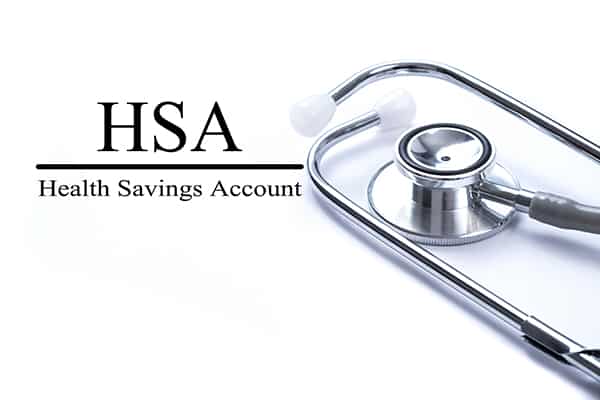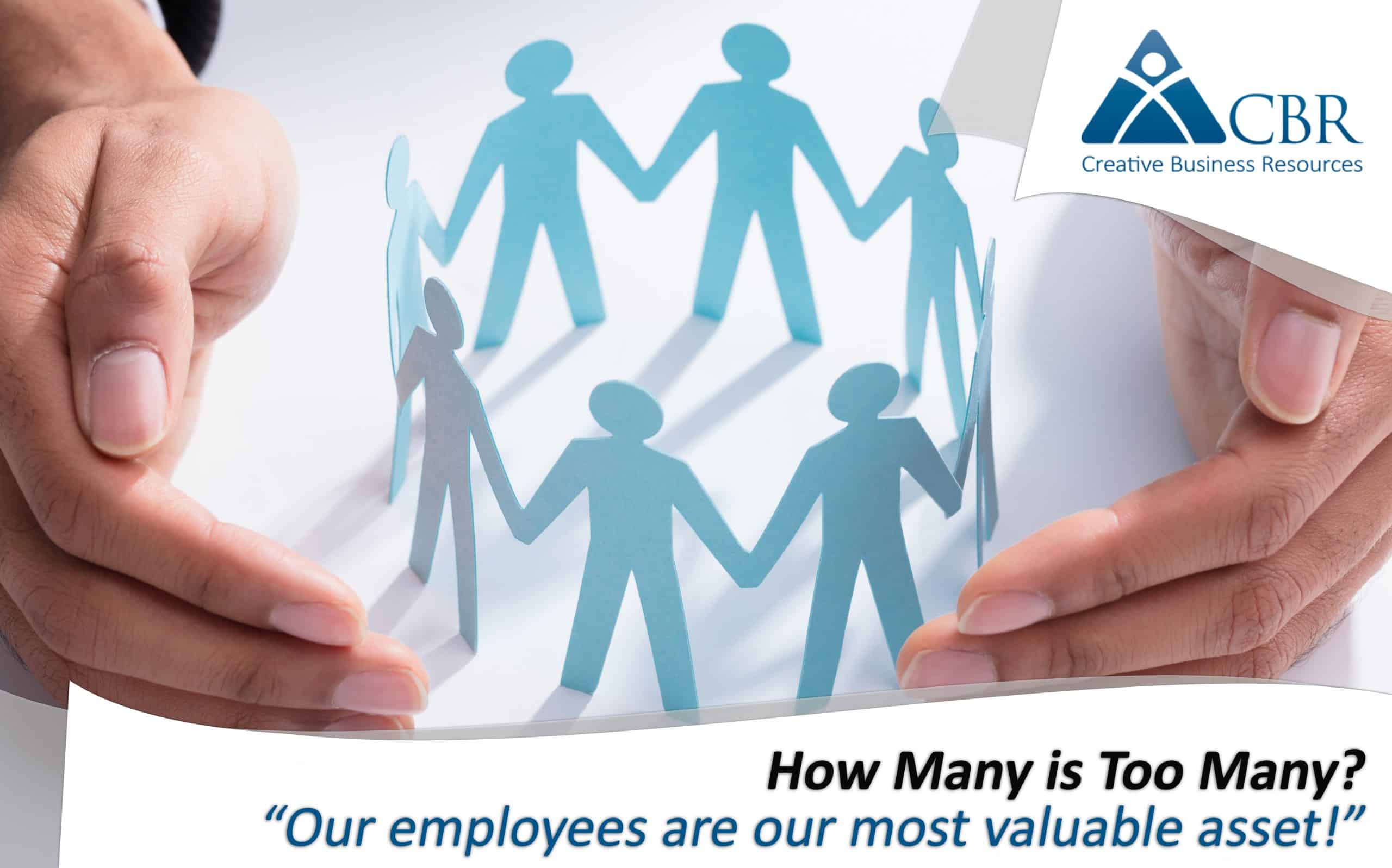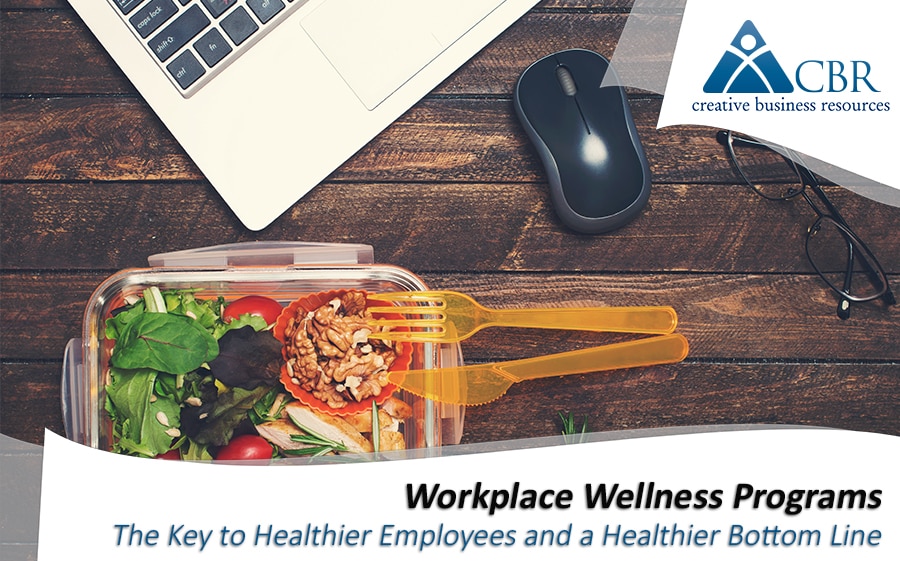On March 5, the IRS released Internal Revenue Bulletin 2018-10 announcing that the maximum annual limit for families contributing to a health savings account (HSAs) has been reduced from $6,900 to $6,850. This change is effective immediately, so certain taxpayers may need to adjust their HSA contributions for 2018—or face excise taxes and penalties if they exceed the annual limit.
The previous limit of $6,900 had been announced in May 2017, but the recently enacted Tax Cuts and Jobs Act—commonly known as “tax reform”—changed the standard by which inflation-related price increases are calculated. These increases are now linked to a measure called the “Chained Consumer Price Index (CPI),” which takes into account substitutions that consumers make in response to rising prices. Therefore, the Chained CPI is a slower standard of inflation than the traditionally used Consumer Price Index.
Other limitations regarding HSAs remain unchanged under the new IRS announcement. For example:
- Individual taxpayers with self-only coverage through a high-deductible health plan (HDHP) may still make tax-deductible contributions of up to $3,450 to an HSA in 2018.
- High-deductible health plans are defined as those with a minimum annual deductible of $1,350 for individuals and $2,700 for families, and with annual out-of-pocket expenses capped at $6,650 for individuals and $13,300 for families.
- The catch-up contribution limit for taxpayers aged 55 and older remains at $1,000.
- Flexible spending accounts (FSAs) and transit or commuter benefits were not affected, even though they are also linked to the Chained CPI.
What do employers need to know about the new HSA contribution limit?
Although the $50 change in the family contribution limit may seem insignificant, it presents logistical problems for employers who offer HSAs and

taxpayers who participate in them. It is crucial that employers inform their HSA participants of the new limit, as they may need to adjust their contributions for the remainder of the year. In addition, employers should review employees’ payroll elections to determine whether anyone is at risk of exceeding the $6,850 limit. Some employees may have already contributed $6,900 to an HSA for 2018; these individuals will need to receive a refund for any amount over the new limit in order to avoid taxes and penalties.
Employers should also be aware that Internal Revenue Bulletin 2018-10 changed limitations for employer-provided adoption assistance programs. Previously, employees could exclude up to $13,840 from their gross incomes for qualified adoption expenses. This amount has been lowered to $13,810. Furthermore, the adoption exclusion now begins to phase out for individuals with adjusted gross incomes of $207,140, as opposed to the previously announced threshold of $207,580.
Wondering how to adjust your organization’s HSA plans in order to comply with the new contribution limits? Call CBR today at (602) 200-8500 or contact us online (https://cbri.com/contact/) to get in touch with one of our HR experts!
#HSA #Healthcare #Reform #HR #Employers #IRS #HSA2018 #HSAReform #HRCompliance #CBR #HSAlaws #HSAs
(Sources: https://www.connectyourcare.com/blog/irs-decreases-family-2018-hsa-contribution-limits/#, https://www.shrm.org/resourcesandtools/hr-topics/benefits/pages/irs-lowers-2018-family-hsa-contribution-limit.aspx).































Leave A Comment
You must be logged in to post a comment.